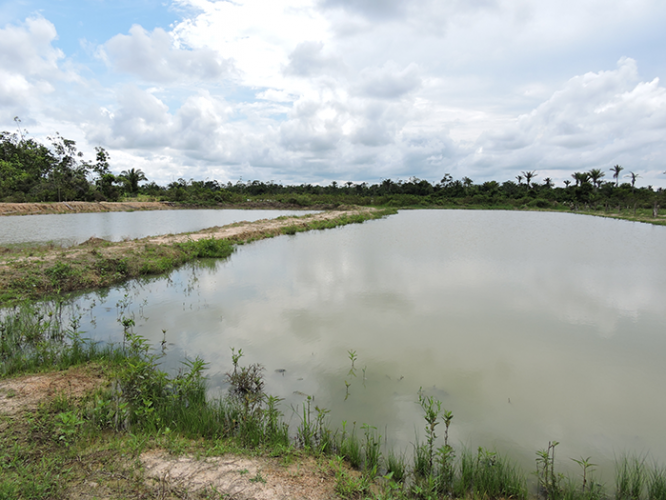Throughout this year, a predictive model has been developed to determine the suitability and risks to establish pacú and/or tambaquí fish farming ventures at the municipal level.
Throughout this year, a predictive model has been developed to determine the suitability and risks to establish pacú and/or tambaquí fish farming ventures at the municipal level.
To develop the predictive model, different types of variables were determined, to which thresholds and weights were assigned based on the importance of each of them for the success of fish production. The characterization was done with the support of experts in technical meetings and workshops. The applied methodology identified the biophysical factors (availability of water, temperature, flooding and type of soil) and accessibility (access to market, food suppliers, fry and technical assistance), which determine the success or risk of the initiative. The weighting of these factors resulted in a predictive model that was validated with field work in different sites in the study area. From April to June, with the support of the World Fisheries Trust, the FAUNAGUA team received technical support from Felipe Lobo, a Brazilian expert in Geographic Information Systems, who helped improve this planning tool, considered a critical model for the definition of the most suitable areas for fish farming.
In the following months, PPV II through FAUNAGUA will share a Geoportal (site www.pecesvida.org) where the user, mainly public managers interested in developing fish farming in their municipality, will be able to use this important planning tool and download maps and information.


Contacts:
José Zubieta, FAUNAGUA, pp_zubiet@yahoo.com
Blanca Vega, FAUNAGUA, blanca_tarija@hotmail.com
Felipe L. Lobo, WFT, INPE (National Institute of Space Research), Brazil, felipellobo@gmail.com

